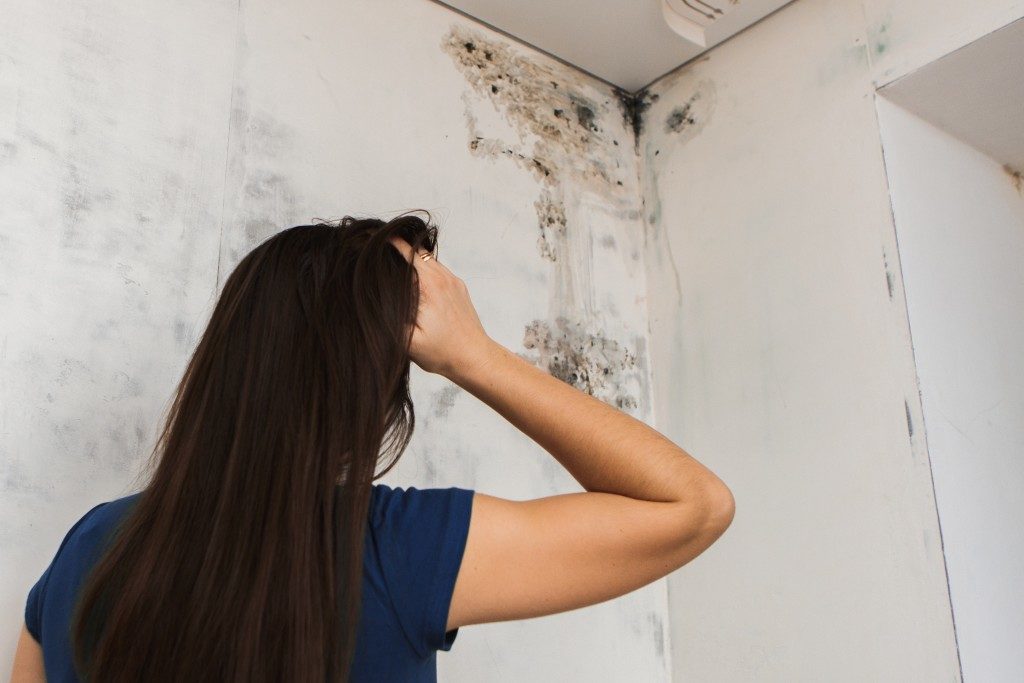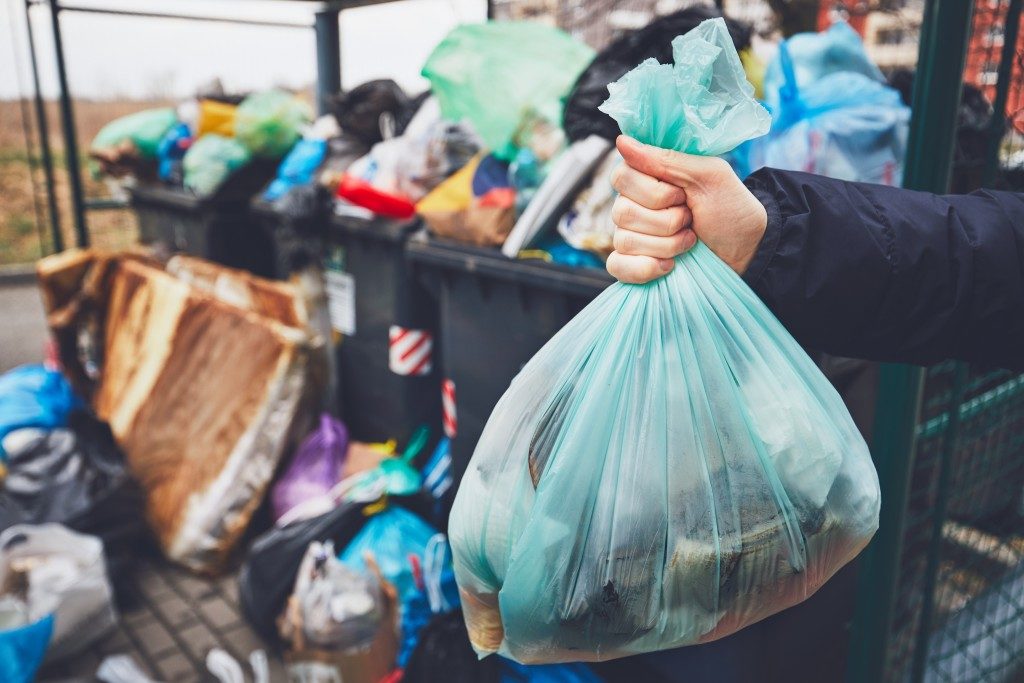Molds — as quiet and seemingly unimportant as they are, they should be given more attention and not only because they lower the attractiveness of your home. Molds are a bigger health risk than many people think.
According to Centers for Disease Control and Prevention, molds may cause anything from skin irritation to serious lung infections. Considering Florida’s long hurricane season and relatively humid climate, molds should not be taken for granted.
To prevent molds from thriving in your home and potentially harming your loved ones, here are a few things you need to know.
Effects on Your Body
The first thing you need to understand is that molds exist everywhere. They’re in the air and on many surfaces. They thrive in moist environments. Molds are not necessarily bad for people. At best, they are simply a nuisance and exposure to them will have no effect.
When molds do affect the body, they can cause different kinds of reactions.
Exposure to indoor molds has been linked to upper respiratory tract symptoms, cough, and wheeze in healthy people. They have been found to trigger the symptoms of asthma in asthmatic people. There are also some evidence linking indoor molds exposure to general shortness of breath.
Some types of molds also affect your skin. In some cases, as a reaction to contact, rashes form and cause redness and itchiness.
Effects on Your Home

The growth of molds in homes is often prompted by leaks resulting in moist environments. When molds grow on surfaces like wood braces and dry walls, they reduce the structural integrity of those surfaces.
The musky smell of molds attracts many other pests, like termites. Termites then further compromise the strength of the materials they feed on.
Aside from termites, molds also attract cockroaches, book lice, and mold mites. These pests bring with them a slew of different problems to your home and your health.
Measures To Take
Thankfully, there are some measures to lessen the growth and presence of molds in your home.
First, you must start with regulating the humidity in your home. Since dampness is the ideal state for molds to thrive, lowering the humidity to no more than 50 percent will significantly reduce their growth.
Dehumidifiers are excellent in regulating humidity. They come in different sizes and with different features. Visit your local store to learn which ones are useful for your space. A number of resources online also offer DIY humidifier alternatives. They are mostly based on salt or other moisture absorbing material.
Another way to prevent the growth of molds is by fixing leaks as soon as possible. The longer moisture stays in your home, the faster the molds can grow.
You should also ventilate showers and cooking areas properly after use.
The Centers for Disease Control and Prevention (CDC) suggests that you clean up and remove molds quickly once you see them. Even if some molds are relatively harmless to most healthy people, it is tedious and expensive to determine what type of molds are actually in your home. You can use soap and water, bleach, and other commercial cleaning products for this task. Make sure you wear non-porous gloves and protective eyewear.
When you do find growth in your home, it may also be worth reviewing the terms of your homeowner’s insurance policy. Some policies include molds in the covered peril clause. If you encounter issues with these claims, you can contact a public adjuster in Miami.
Although you can never really get rid of molds in the environment, it is safer to try to prevent their growth in your home. The negative effects of molds on the body and the structural integrity of your home should be compelling reasons to protect yourself.



